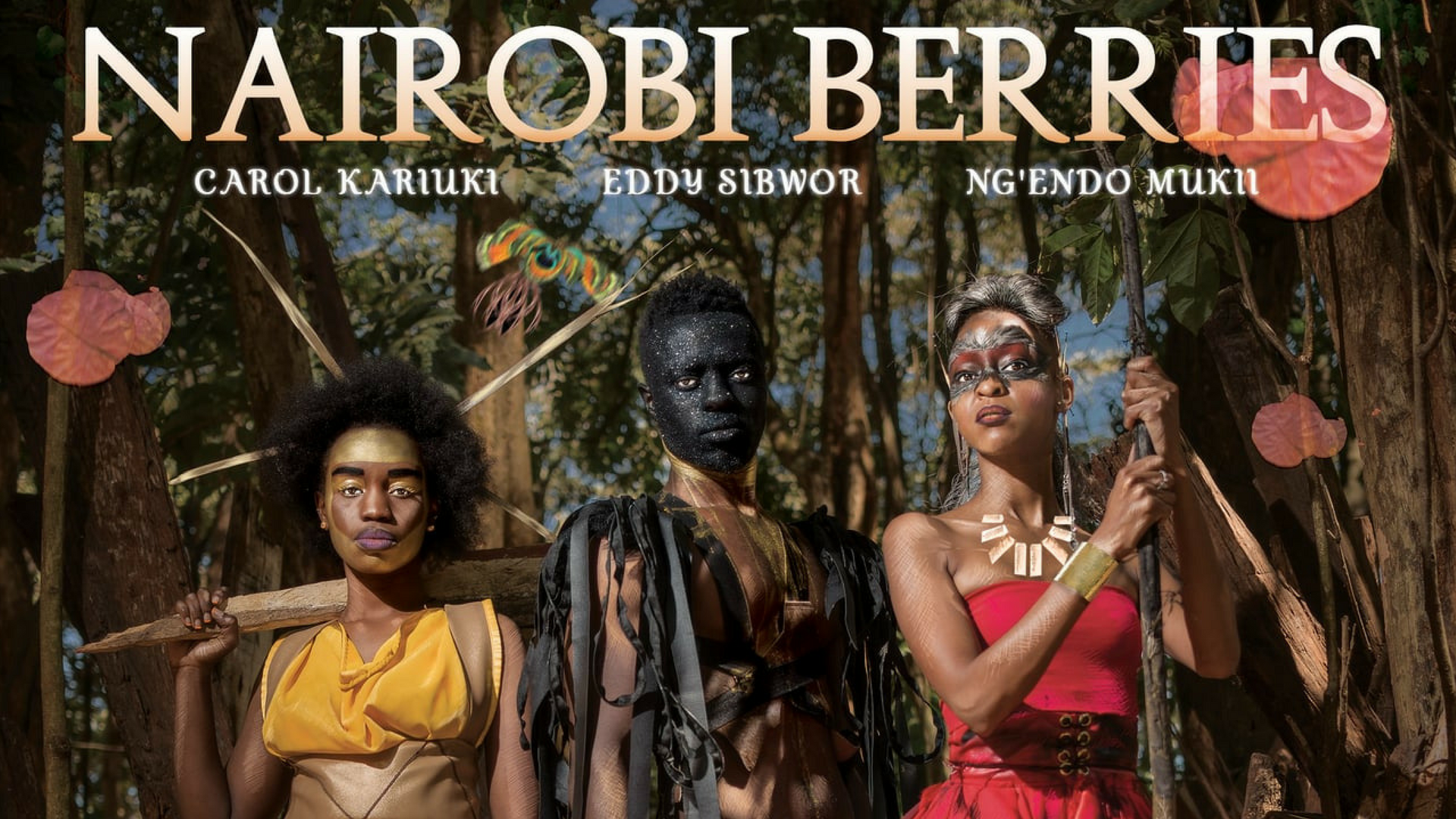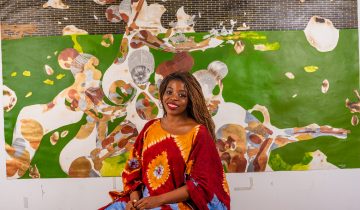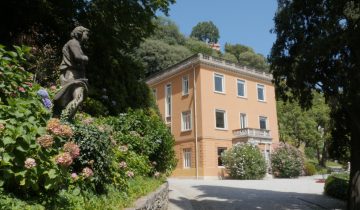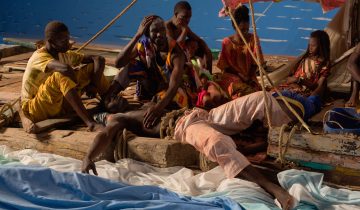Immersive Virtual Reality Exhibitions in African Art
African art, in all its vibrant glory, has a rich and diverse history that tells the stories of the continent’s many cultures, traditions, and societies. From the elegant masks of West Africa to the intricate beadwork of the Maasai in East Africa, the power of African art to captivate and inspire knows no bounds. In recent times, contemporary African artists have begun to make their mark on the global art scene, marrying traditional forms with modern sensibilities and techniques.
Enter immersive virtual reality (VR) technology, a remarkable innovation that has rapidly evolved over the past few decades. With its ability to transport users into fully realized digital environments, VR has found applications in a myriad of industries, from gaming and entertainment to education and healthcare. But it is in the world of art where VR truly shines, and the medium’s potential for revolutionizing the way we experience, preserve, and share African art is simply unparalleled.
In this journal, we shall explore how immersive virtual reality exhibitions are transforming the realm of African art, opening new doors for artists, museums, and audiences alike. We shall delve into the role of VR in preserving and showcasing African art, the impact of this technology on the creative processes of African artists, and the benefits and challenges of VR exhibitions for audiences and the art world as a whole.
The Role of VR in Preserving and Showcasing African Art
The application of VR technology in the preservation and exhibition of African art has taken the world by storm, breathing new life into this magnificent art form. One such example is the digitization of art collections, which serves to safeguard and archive priceless works for future generations. The Smithsonian’s National Museum of African Art, for instance, has embarked on a project to create high-resolution digital images of its vast collection, ensuring that these treasures are accessible to researchers and enthusiasts the world over.
Virtual tours of African art museums have also emerged as a popular and cost-effective alternative to physical visits. The Zeitz MOCAA in Cape Town, South Africa, has leveraged the power of VR to provide virtual walkthroughs of its exhibits, allowing visitors from all corners of the globe to explore the museum’s collection of contemporary African art without ever leaving their homes. This not only enhances the visitor experience but also promotes a more environmentally friendly approach to tourism.
The Impact of VR on African Artists and Their Creative Processes
As VR technology continues to advance, it has begun to leave an indelible mark on the creative processes of African artists. VR has introduced a whole new artistic medium, blending traditional and digital art forms to produce captivating and immersive experiences. Kenyan artist Ng’endo Mukii, for example, has made waves with her VR installation “Nairobi Berries,” which combines animation, live-action, and 360-degree visuals to explore the changing landscape of Nairobi.
The global exposure afforded by VR exhibitions has also opened up a world of opportunities for African artists. Through virtual reality, their work can now reach a much wider audience, transcending geographical boundaries and fostering connections with international artists and institutions. The Dakar Biennale, a prestigious art event held in Senegal, has taken full advantage of this by hosting a virtual edition of the exhibition, showcasing the works of African artists to viewers around the world.

Benefits of VR Exhibitions for Audiences
Immersive virtual reality exhibitions bring a plethora of benefits for audiences, one of which is the unprecedented level of inclusivity and accessibility they offer. By eliminating geographical barriers, VR allows people from all walks of life to engage with African art, regardless of their location. Furthermore, VR exhibitions cater to different abilities and learning styles, providing an engaging and interactive experience for all.
The educational value of VR exhibitions cannot be understated either, as they serve as a platform for cultural exchange and understanding. Through immersive and interactive learning experiences, audiences can delve into the rich tapestry of African art, gaining a deeper appreciation for the continent’s diverse traditions and histories. For example, the British Museum’s “African Rock Art Image Project” uses VR to allow visitors to explore ancient rock art sites in Africa, offering an informative and engaging experience that fosters a greater understanding of the continent’s artistic heritage.
Challenges and Limitations of VR in African Art
Despite its many advantages, VR technology also comes with its fair share of challenges and limitations, particularly when applied to the realm of African art. Infrastructure and accessibility issues pose significant barriers in many parts of the continent, with limited access to high-speed internet and VR equipment hindering the widespread adoption of this technology. Moreover, the high costs of VR hardware and software can be prohibitive for both artists and audiences, potentially limiting the reach and impact of VR exhibitions.
Ethical concerns also abound in the realm of VR and African art, with issues such as appropriation and misrepresentation coming to the fore. Ensuring that African art is presented accurately and authentically in VR exhibitions is crucial, as is safeguarding the rights and interests of the artists themselves. Fair compensation for artists, particularly in the digital age, must be a priority to ensure that the benefits of VR technology are equitably distributed.
In conclusion, immersive virtual reality exhibitions have undoubtedly revolutionized the way African art is experienced, preserved, and shared with the world. The potential of VR technology to enhance the appreciation and understanding of African art is immense, as it bridges gaps between artists, museums, and audiences while providing new opportunities for creative expression and collaboration.
However, it is crucial that we address the challenges and limitations that accompany the adoption of VR in African art, such as infrastructure and accessibility barriers, high costs, and ethical concerns. By striking a delicate balance between embracing the potential of immersive virtual reality exhibitions and tackling these issues head-on, we can ensure a bright and prosperous future for both the technology and the art form.
As we continue to explore the possibilities of VR in the world of African art, let us remember that the true power of this medium lies in its ability to bring people together, to inspire wonder and curiosity, and to foster a deeper connection with the rich and diverse artistic heritage of Africa.




 No products in the basket.
No products in the basket.